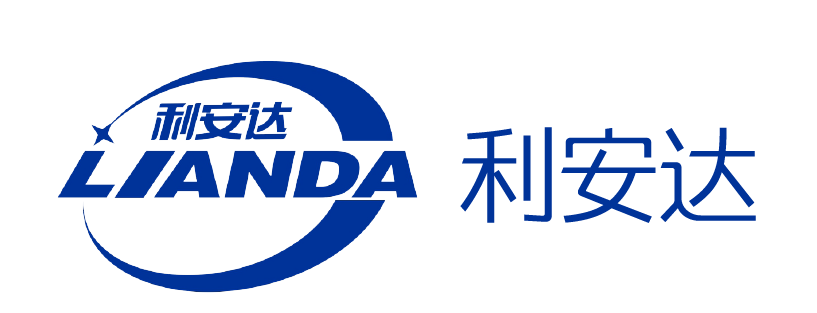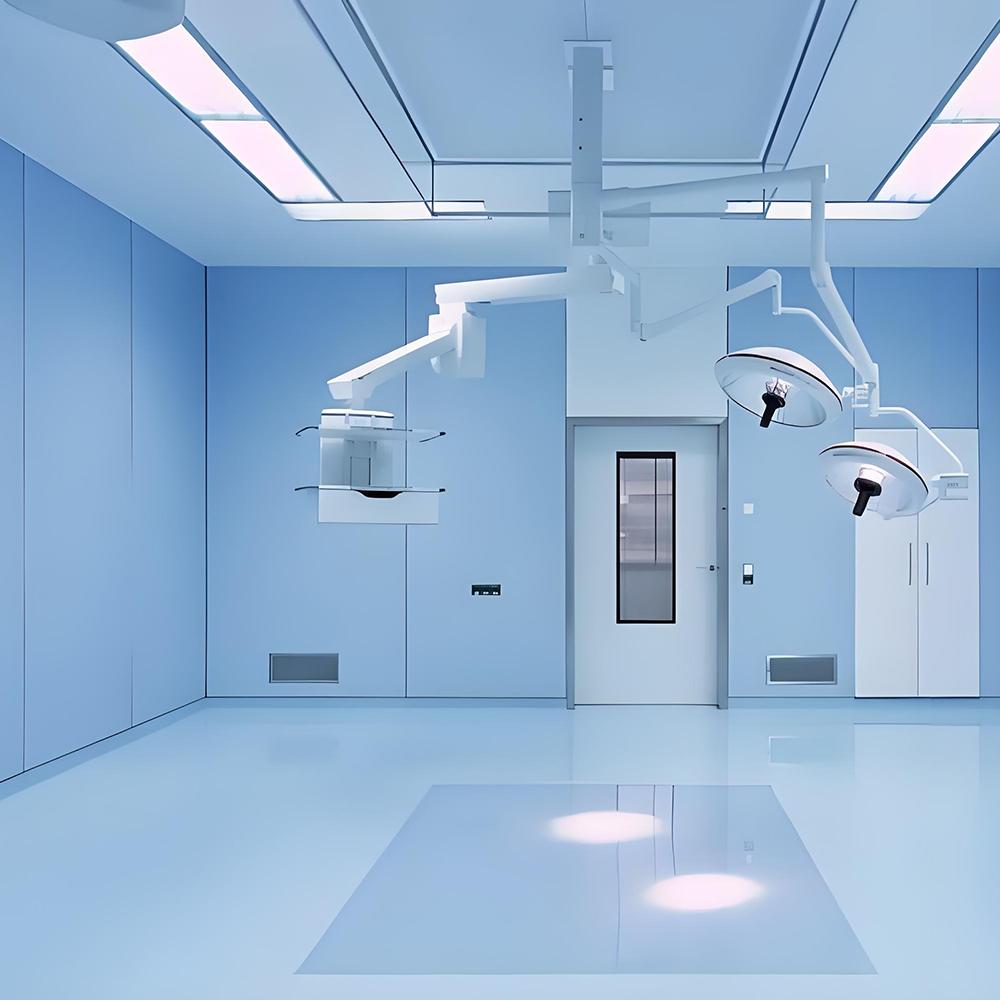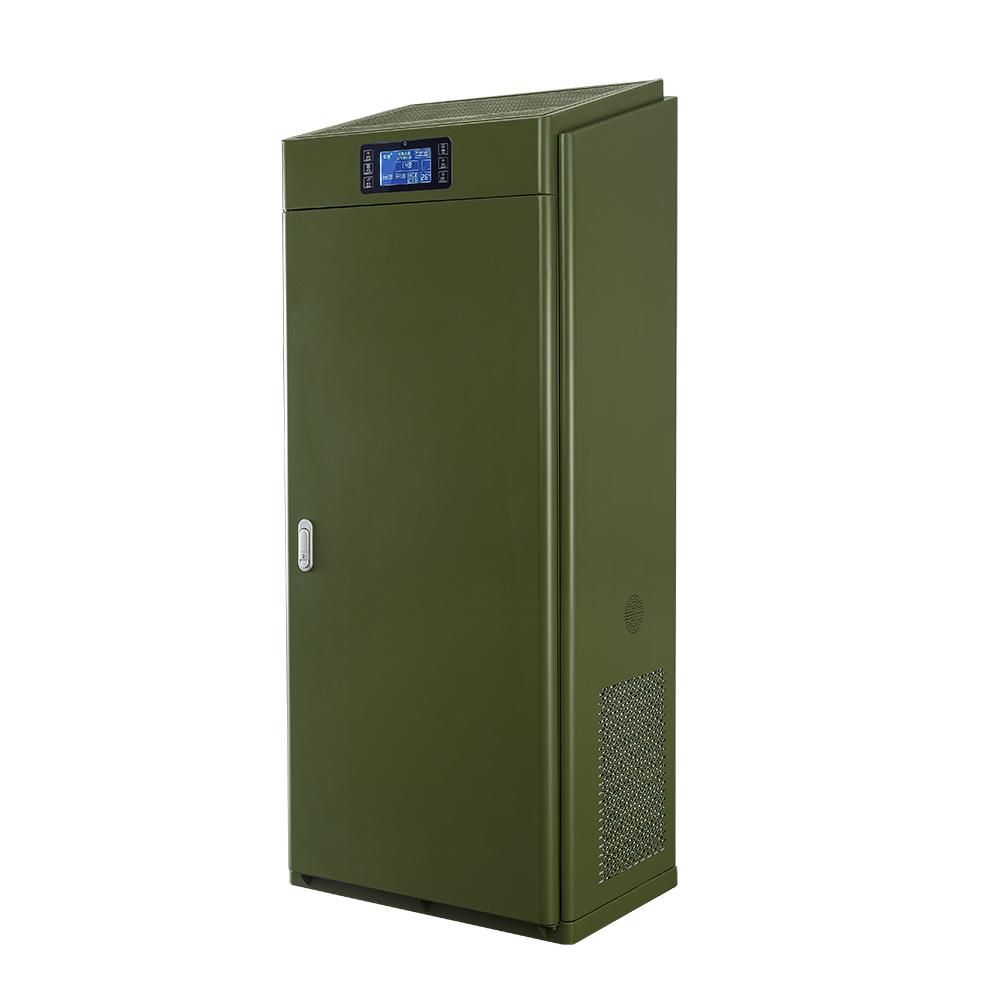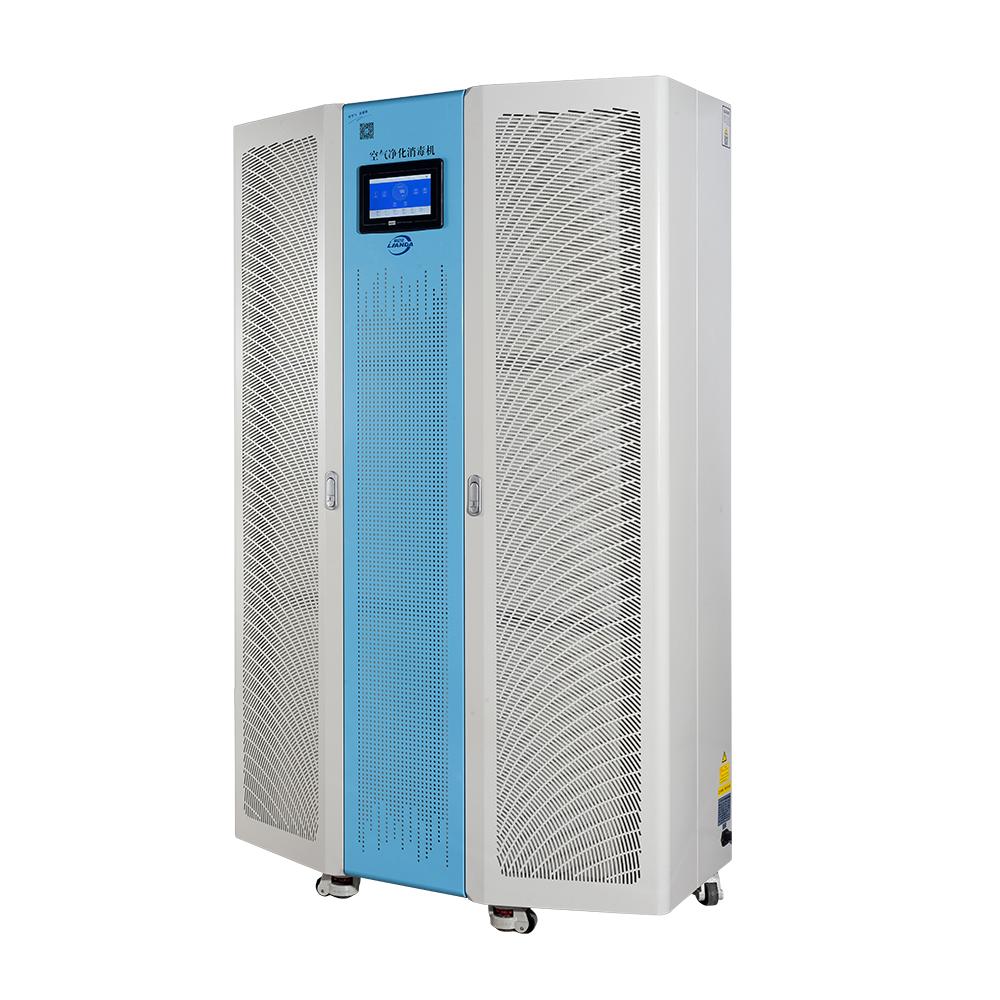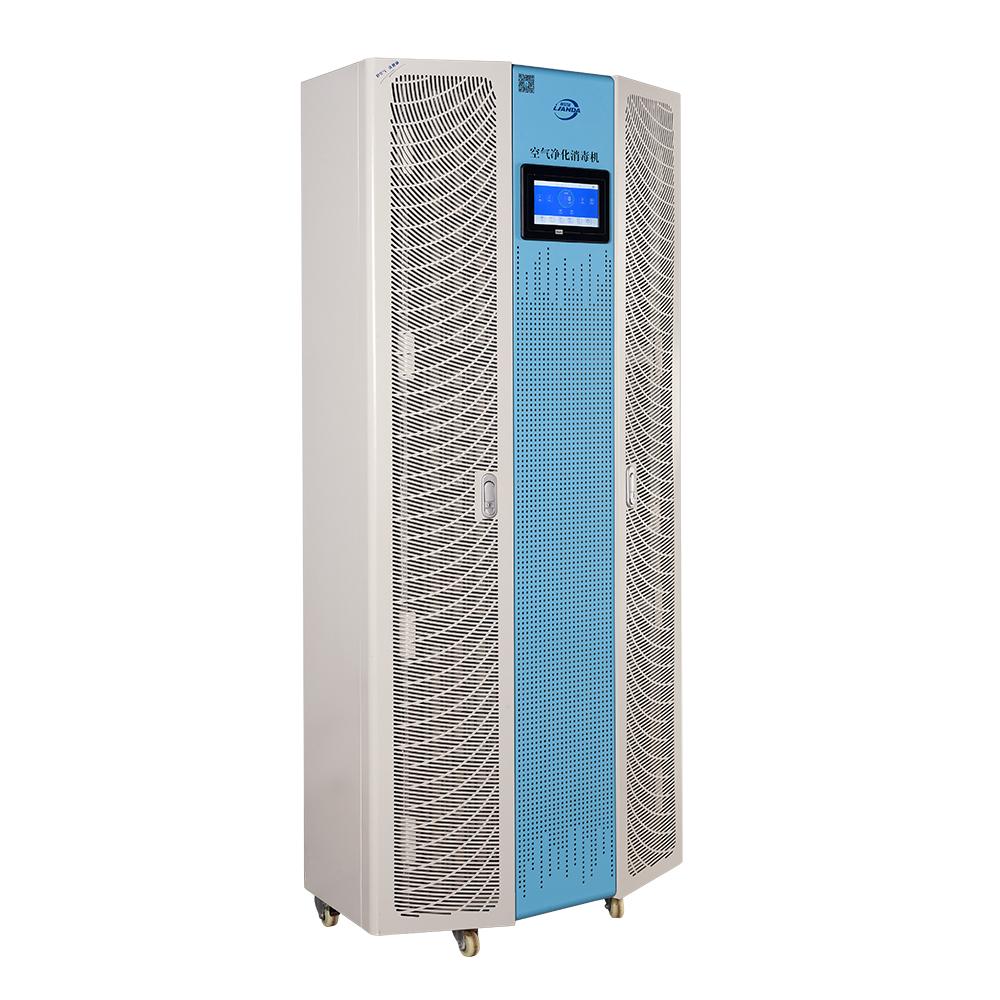Dealing with sandstorms in Mongolia: The importance of air purification products
In recent years, with the increasing severity of climate change and environmental pollution, extreme weather phenomena such as sandstorms have occurred frequently, especially sandstorms in Mongolia, which have become a major challenge in the northern region. This severe meteorological phenomenon not only affects the quality of the environment, but also poses a serious threat to the health of residents. The fine particulate matter (PM10 and PM2.5) in sandstorms contains a large number of harmful substances, which can penetrate deep into the respiratory system and cause respiratory diseases, allergic reactions and even cardiovascular diseases. Therefore, in the face of these challenges, the use of air purification products has become particularly important. This article will explore how air purification products can help us deal with sandstorms and protect air quality and human health.
1. The impact of sandstorms on air quality
Sandstorms usually occur in arid or semi-arid areas, especially in spring and autumn, and they bring a lot of dust, sand and other harmful substances. These particulate matter not only affects visibility, but also rapidly increases the concentration of PM2.5 and PM10 in the air, seriously polluting the air. Especially PM2.5 (fine particles with a diameter of less than or equal to 2.5 microns), due to its extremely small size, it is easy to penetrate the nasal cavity and respiratory tract into the lungs, and even enter the blood circulation, posing a huge threat to human health.
Harmful particles in sandstorms will not only aggravate the symptoms of respiratory diseases such as asthma and bronchitis, but may also cause skin allergies, eye irritation, decreased immunity and other problems. For special groups such as the elderly, children and pregnant women, the impact is particularly significant. Therefore, reducing pollutants in indoor air has become a top priority for every family and office.
2. The role of air purification products
Air purification products, especially high-efficiency air purifiers, can effectively remove particles, bacteria, viruses and harmful gases in the air, and significantly improve indoor air quality. According to the characteristics of sandstorms, air purifiers mainly deal with air pollution in the following ways:
HEPA filtration technology: HEPA (high-efficiency particulate air) filters can effectively capture fine particles in the air, including PM2.5, dust, pollen, mold, etc. For fine particles in sandstorms, HEPA filters can provide more than 99% filtration efficiency, greatly reducing pollutants in indoor air.
Activated carbon adsorption: Activated carbon can adsorb harmful gases in the air, such as volatile organic compounds (VOCs) such as formaldehyde and benzene. These substances often enter the room after sandstorms, causing air pollution to increase. The adsorption function of activated carbon effectively reduces the concentration of these harmful gases and protects the air quality of the living environment.
Negative ion generator: Some high-end air purifiers are also equipped with negative ion generators, which release negative ions to aggregate tiny particles in the air into larger particles, increase their sedimentation rate, and thus clean the air. This function can accelerate the purification process of indoor air, especially after a sandstorm.
Intelligent monitoring and adjustment function: Many modern air purifiers are equipped with air quality detection sensors that can monitor PM2.5 concentration, TVOCs (total volatile organic compounds) and other indicators in the air in real time. When the air quality deteriorates, the device will automatically adjust the working mode and increase the wind speed to ensure continuous air purification.

3. Choose the right air purification product
Facing the challenge of sandstorms, it is crucial to choose a suitable air purifier. The following points can help consumers choose the right air purification product:
Filtration efficiency: Make sure the air purifier has a HEPA high-efficiency filter that can effectively filter fine particles such as PM2.5.
Applicable area: Choose a suitable air purifier according to the area of the living space to ensure that the air purification needs of the entire room are covered.
Noise control: Some air purifiers may make a lot of noise when working. Choosing low-noise products can ensure comfort during use.
Energy consumption: Choosing an energy-saving air purifier can not only save energy, but also reduce the cost of use.
Additional functions: such as intelligent monitoring, air quality indicator lights, automatic wind speed adjustment and other functions can improve the convenience and effectiveness of air purifiers.
4. Daily maintenance of air purification products
The use of air purifiers is not just about buying and turning on, but also requires regular maintenance to ensure its long-term and effective work. Specific maintenance measures include:
Regularly replace the filter: HEPA filters and activated carbon filters have a certain service life and need to be replaced regularly according to the frequency of use and air pollution conditions.
Clean the surface of the device: Clean the outside and filter slot of the air purifier regularly to ensure its long-term and efficient operation.
Monitor air quality: Adjust the working mode of the purifier according to changes in air quality to adapt to different environmental conditions.
The frequent occurrence of sandstorms has brought severe challenges to the air quality in northern China. By using efficient air purification products, we can reduce the impact of sand and dust on indoor air quality to a certain extent and protect the health of ourselves and our families. When choosing a suitable air purifier, consider factors such as its filtration efficiency, applicable area, and noise control to ensure that when a sandstorm hits, you can create a fresh and healthy living environment for your family.
